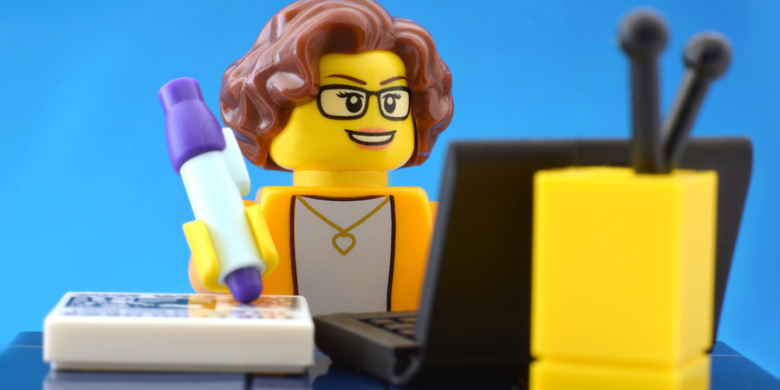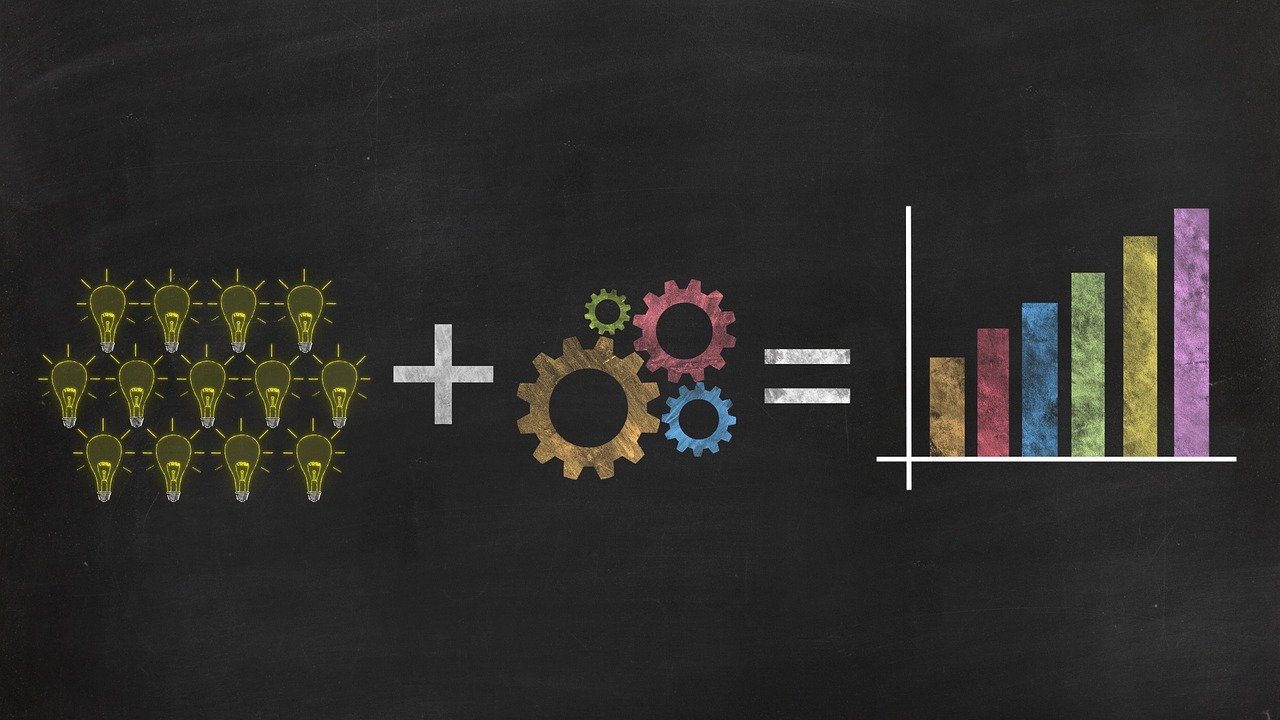
What Does A PR Campaign Consist Of?
Planning on writing a couple of articles, whizzing them off to an industry magazine and thinking your PR campaign is complete?
Mention PR to the uninitiated and they may just associate the word with news articles and press interviews, but there is a little bit more to it than that.
Read on to discover what a great B2B PR campaign should consist of and how you can make your campaigns stand out from the crowd.
Why Run A PR Campaign?
You could run a PR campaign for several reasons – to achieve a general business goal, launch a new product or service, raise brand awareness, revive older products, or show off your new brand. The possibilities are wide and varied but there should always be a purpose.
All the reasons to run a campaign will likely have the overarching goal of engaging more customers with your business. From brand awareness to thought leadership – the underlying goal is to attract clients and grow your business.
The PR Planning Process
What activities should you undertake as part of the campaign planning process?
Without a doubt, the most important part of your PR campaign is the planning, or preparation. A thoroughly researched and well-planned PR campaign is a successful campaign. For best success, these are the components each campaign plan should include:
The customer journey – how do your customers reach you? You need to understand the journey your customers go through before they are ready to buy from you. Depending on what stage they are at in their journey, customers will consume different types of content or respond to different types of calls to action.
A marketing asset audit – once you have completed your customer journey, you need to establish where you are missing content, where there are gaps in the journey, or where processes can be improved. This missing content represents opportunities to influence and guide your customers towards your brand. Remember – you want to make it as easy as possible for people to make informed decisions about you, or your products and services.
A target persona map – target persona maps help you delve even deeper into the mind of your customer and understand what turns them on (and off!), how and where they are likely to encounter your messaging and what the triggers would be for them picking up the phone or making an order.
The plan – by now you should have a deeper understanding of what your customer journey looks like, what makes them buy, where they ‘hang out’ and what work needs to be done at your end to improve any touchpoints. Now it’s time to plan what your live campaign will look like! This will involve choosing which media channels you will use, what activities you will carry out, key milestones, and who is responsible for what.
The media environment – once you have your persona front and centre of your plans, you need to consider and benchmark the competitive media environment. What are the prevailing and emerging BIG issues you need to have a position on; what are your competitors saying on these issues, which topics do you have a unique point of view on that will advance or challenge the debate and how will you evidence that point of view.
The content – now comes the fun part! Create a content calendar and work out what media needs to be developed, what the format will be, and how it will be distributed. A content calendar is not a campaign in its own right – but it can be used to support the campaign narrative.
Planning A PR Campaign
Now you’re familiar with PR campaign planning, are you ready to start? Your essential guide to executing a successful B2B PR campaign plan contains everything you need to get going.
What Does A PR Campaign Consist Of?
Your PR campaign may contain many different activities and channels and, depending on where your target customer goes for information, you will need to consider a mix of paid, earned, owned, and shared media.
Paid media – choosing a paid media channel will depend on your target market but two commonly used tools are paid social media adverts (Facebook ads, for example), and Google Adwords (Pay Per Click/PPC)
Earned media – is what others are saying about you. You pitch your business or content to bloggers, influencers, websites, and industry publications in a way that makes you worthy of talking about.
Owned media – the content you created, own, and publish on your own channels. For example, a blog you publish on your website. Or a podcast you promote via Facebook.
Shared media – shared media is basically social media. Technically, your content may still be owned but it will be reposted, adapted, and even repurposed by others. The trick is staying on top of this and how others are engaging with your business and content.
Who Is Responsible for Your PR Campaign?
PR campaigns can be assembled by either an in-house team, overseen by a marketing manager or director or undertaken by an external specialist agency.
If all the above sounds like a lot of work…yes, it is but if the process is followed correctly, your margin of error is vastly reduced, and the likelihood of success is increased. That doesn’t mean it will be easy though.
For that reason, you may choose to engage a PR agency. The professional experience, advice, and practical help a PR company can bring to your campaigns will be unrivalled. It’s also worth looking for a PR agency with experience in your sector or at least specialising in B2B PR activities.
At EC-PR we are passionate about B2B communication. We believe your work is amazing and we want to help you tell the world how extraordinary it is. Get in touch.
Subscribe to our updates
Stay up to date with the latest insights, case studies, and PR guides.
Our insights

ACTIVATE B2B PR Campaign Planning Guide
Your complete guide to creating compelling PR campaigns & content



